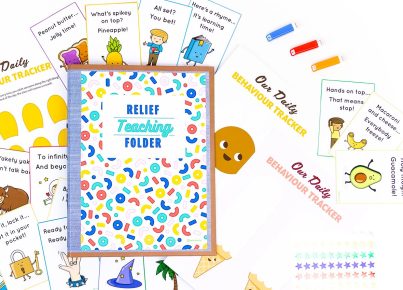Relief teaching can be a rewarding yet challenging experience. To ensure it is more stress-free, follow these four simple steps:
1. Preparation is Key: Before stepping into the classroom, prepare yourself with teaching materials and familiarize yourself with the school’s policies and procedures. Having a well-prepared lesson plan and backup activities can make all the difference.
2. Build Rapport Quickly: Start by learning a few names and establishing ground rules. Engage with the students by showing genuine interest in their learning. A positive student-teacher relationship can lead to better classroom management.
3. Flexibility and Adaptability: Be prepared to modify your lesson plans according to the class’s dynamics and educational needs. Adaptability is crucial since relief teaching often involves dealing with unpredictable situations.
4. Reflect and Learn: After each session, take some time to reflect on what worked well and what could be improved for next time. This reflection will contribute to your professional growth and readiness for future relief teaching opportunities.
By implementing these steps, relief teaching can become a less stressful and more enjoyable part of your educational career.





